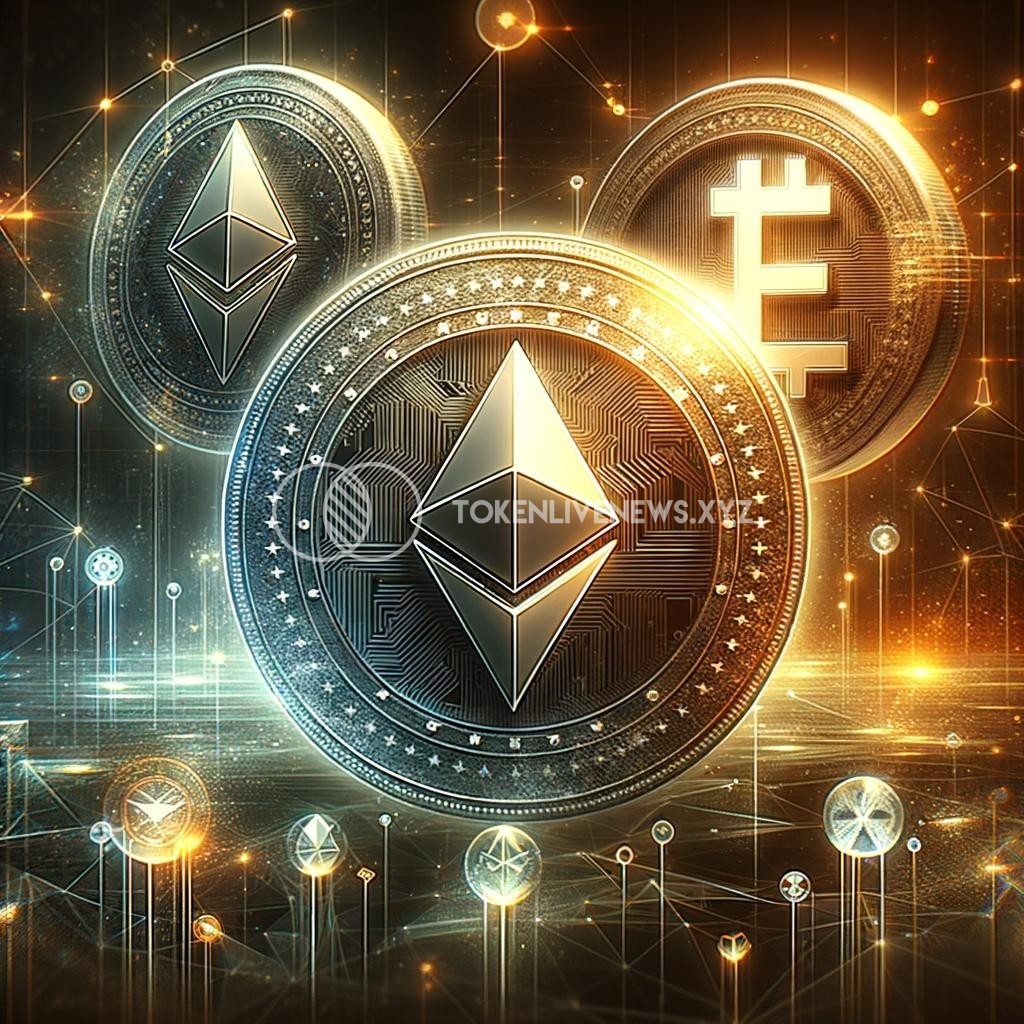Token Standards Unveiled: ERC-20, ERC-721, and Beyond on Ethereum
The world of cryptocurrencies is continually evolving, offering new possibilities for innovation and growth. One such innovation that has gained significant attention in recent years is Ethereum’s tokenization standards. Among the various token standards available on the Ethereum blockchain, ERC-20 and ERC-721 have emerged as the most influential and widely adopted. In this article, we will explore these token standards, their differences, and the potential future developments they may pave.
ERC-20: The Foundation of Ethereum Tokens
ERC-20, or Ethereum Request for Comment 20, is the most prevalent token standard on the Ethereum network. Introduced by Fabian Vogelsteller and Vitalik Buterin in 2015, ERC-20 set the groundwork for the creation and implementation of fungible tokens. It defines a common list of rules and requirements for tokens to be created and exchanged on the Ethereum blockchain.
The beauty of ERC-20 lies in its simplicity and ease of use. The standard defines six mandatory functions and three optional ones, allowing developers to create tokens quickly and seamlessly. These functions include inquiries about the total supply of tokens, the balance of specific accounts, and transferring tokens between accounts. ERC-20 tokens have become the backbone of the decentralized finance (DeFi) ecosystem, powering numerous projects such as decentralized exchanges, lending platforms, and stablecoins.
ERC-20’s success can be attributed to its compatibility with existing infrastructure and easy integration with different wallets and exchanges. Its widespread adoption has facilitated seamless liquidity and increased market accessibility for token projects, encouraging vibrant growth within the Ethereum ecosystem.
ERC-721: The Revolution of Non-Fungible Tokens (NFTs)
While ERC-20 tokens provide a standard for fungible assets, ERC-721 tokens revolutionize the concept of ownership and representation of unique, non-fungible assets on the Ethereum blockchain. Introduced by Dieter Shirley in early 2018, ERC-721 enables the creation of non-fungible tokens (NFTs) representing distinct digital or physical assets, ranging from collectibles, artwork, virtual real estate, to in-game items.
Unlike ERC-20 tokens, each ERC-721 token possesses a unique identification and cannot be replicated or interchanged on a one-to-one basis. This uniqueness allows for the creation and trading of one-of-a-kind assets, fostering digital scarcity and provenance. A game-changing aspect of ERC-721 is that it empowers artists, creators, and collectors to monetize and copyright their digital creations, thereby transforming the way we perceive and value digital art and collectibles.
Beyond ERC-20 and ERC-721: Future Possibilities
The success of ERC-20 and ERC-721 has propelled the Ethereum ecosystem to new heights, paving the way for further enhancements and future token standards. Emerging standards like ERC-1155 are gaining attention as they combine the features of both fungible and non-fungible tokens. ERC-1155 enables the creation of multi-class tokens, allowing developers to manage multiple types of assets more efficiently.
Moreover, the Ethereum community is actively exploring scalability solutions, with Ethereum 2.0 set to introduce significant improvements through a transition to a proof-of-stake consensus mechanism. These advancements will positively impact token standards, allowing for faster and more cost-effective transactions, thus expanding the possibilities for tokenization.
In conclusion, the introduction of Ethereum’s token standards, specifically ERC-20 and ERC-721, has created a robust foundation for tokenization, fueling the growth of decentralized finance and non-fungible token applications. These standards have paved the way for transformative changes in the way we trade, own, and represent digital assets, opening up new horizons for innovation. As Ethereum continues to evolve, future token standards hold immense potential in expanding the capabilities of blockchain technology, shaping the path toward a more decentralized and tokenized future.







